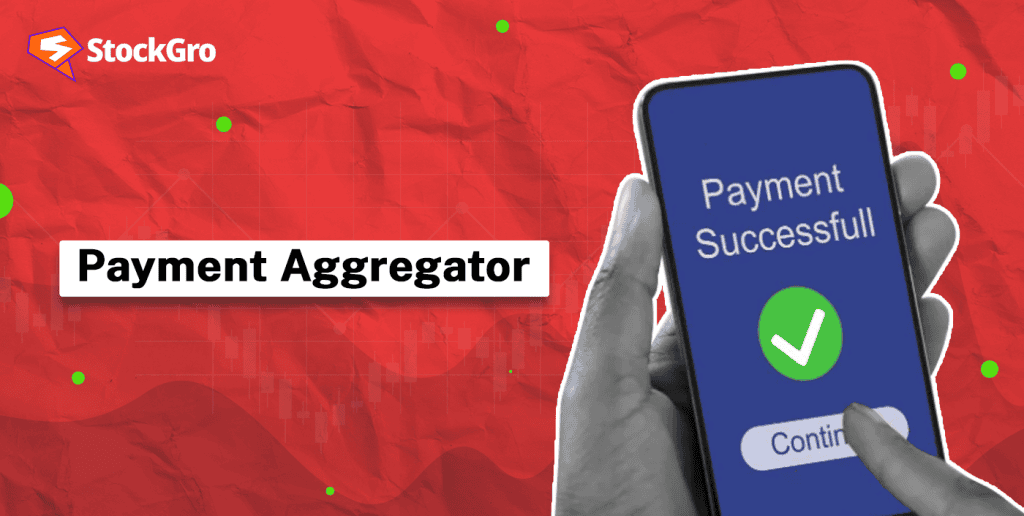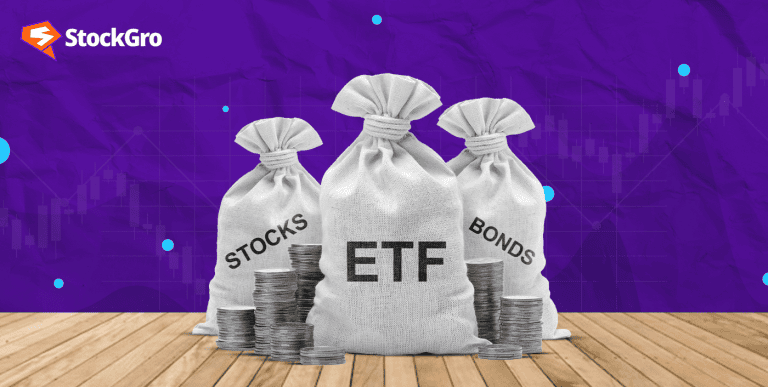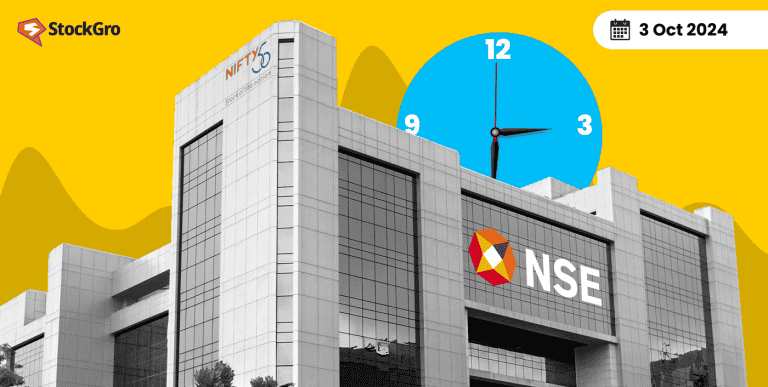
Nearly 164 billion digital payments were recorded in India during the financial year 2024. In the digital economy of today, when online transactions form the foundation of world trade, seamless payment experiences are more important than ever. Consumers want quick, seamless, safe transactions, whether they are making purchases online, signing up for a subscription, or transferring money.
Payment aggregators help to link companies with payment options, bridging this gap. Driven by the spread of UPI-Unified Payments Interface and mobile wallets, digital payments still rising in India have made payment aggregators indispensable tools for companies to flourish.
This article attempts to give a thorough grasp of payment aggregator meaning, its function in simplifying the payment process for companies, and its relevance in the fast-expanding digital economy of today.
Also read: Money matters: How digital tools are transforming financial literacy?
What is a payment aggregator?
A payment aggregator is a third-party vendor allowing companies to accept payments online and consumers to make ones. Payment aggregators help their customers to take credit cards, debit cards, cardless EMIs-Equated Monthly Instalment, UPI, bank transfers, and e-mandates, among other payment options. Likewise, they also help get payments to different parties, like authorities, suppliers, staff, and partners.
To acquire merchants and provide infrastructure to accept and distribute digital payments, payment aggregators obtain an aggregator licence in India from the RBI.
To provide several payment options on its own, your company would have to deal with several banks and non-banking financial companies (NBFCs). India boasts nine thousand thirty-seven NBFCs and twelve government-owned banks, though. Not every business can operate with that many different banks. Payment aggregators are thus rather crucial since they link companies with banks and other financial institutions.
Payment aggregators handle the technology so that stores won’t have to create a checkout page that fits all the several payment systems by design and construction.
You may also like: Everything you need to know about payment banks in India
Key features of payment aggregators
- Multiple payment methods: Payment aggregators let stores take a broad range of payment options, including UPI, credit and debit cards, net banking, digital wallets, and more. This enables companies to accommodate various consumer preferences, thus guaranteeing convenience and flexibility in payment choices.
- Merchant dashboard: Most payment aggregators give retailers a single dashboard with which they may view all of their transactions, payouts, and comprehensive financial records. This centralised platform lets companies track performance, monitor payments, and access required data in one location, thus simplifying daily operations.
- Security: A major issue is payment security; thus, leading payment aggregators guarantee adherence to PCI-DSS guidelines, thus protecting card data. Advanced fraud detection systems, tokenisation, and encryption, among other security tools, help guard private consumer information and stop illegal activity.
- Easy integration: Through APIs and plug-ins, payment aggregators are made to be simply connected with e-commerce systems. This adaptability lets stores of all kinds easily accept payments online by enabling the quick implementation of payment solutions on their websites or mobile apps free from complicated technical setups.
- Settlement process: After subtracting any relevant fees, payment aggregators gather payments from consumers and settle the money to the merchant’s account, thus handling payouts to businesses. Usually handled inside a designated period, settlements guarantee timely payments and seamless financial operations for the company.
How payment aggregators work
To expedite online payments, payment aggregators act as middlemen between consumers, retailers, and banks. They let companies take consumer payments from many payment sources—including UPI, cards, or net banking—on one platform. Their working process is broken out here step by step:
Step 1: Merchant onboarding
A company has to register with a payment aggregator and acquire a merchant account before transactions can be handled. Payment aggregators deal with partner banks to create nodal accounts. These accounts serve as hubs through which every transaction passes. Conversely, the bank in charge of the nodal account just observes the overall flow of funds in and out.
Step 2: Customer initiates payment
Customers select a preferred payment method—such as credit or debit cards or UPI—and then enter the required information when they reach the payment gateway. This information is safely tokenised by the payment aggregator, and encrypted for security. At this point, a preliminary fraud investigation guarantees the validity of the transaction.
Step 3: Transaction processing
The payment aggregator forwards the transaction request to the bank overseeing the nodal account once the customer’s information is entered. To forward the transaction request, this bank then talks with a payment processor and card network (if relevant).
Step 4: Additional fraud check
Using databases to find any red flags, card companies or financial institutions do a more comprehensive fraud check grounded on past events. The customer’s issuing bank receives the data following verification.
Step 5: Customer’s bank approval
The customer’s bank looks for enough money and confirms the payment information. It next approves or rejects the transaction. Back through the same channels—card network, payment aggregator’s bank, payment aggregator, and lastly, to the merchant, this status is communicated. Then, the merchant informs the customer.
Step 6: Request for funds
The payment aggregator’s bank asks the consumer’s bank for the money once approved. The nodal account temporarily holds these funds.
Step 7: Fund settlement
The payment aggregator finally settles all the handled transactions by forwarding the whole amount to the merchant’s account at the end of the day. Some aggregators could provide instant settlements for quicker cash flow.
Without many individual banking integrations, this effective system helps companies to securely and quickly process payments.
Payment aggregators vs payment gateways
| Payment aggregator | Payment gateway | |
| Description | A third-party service that offers a consolidated platform to process multiple payment options. | Software that facilitates the transfer of encrypted payment information between customers and merchants, enabling secure transactions. |
| Main objective | Focuses on enabling businesses to accept a variety of payment methods and delivering related services. | Ensures the security and verification of transactions by safely transmitting sensitive payment data between banks. |
| Operational role | Gathers customer payment details and processes transactions using its own Merchant ID (MID). | Transfers encrypted payment data and confirm the legitimacy of the transaction between the bank and the merchant. |
| Banking relationship | Provides the business with its own Merchant ID (MID) and associated bank account to handle transactions. | Requires the business to possess its own Merchant ID (MID) and a bank account to process payments. |
| Examples | Razorpay, Mobikwik, Airpay | PayU, Razorpay, CC Avenue |
Payment aggregator regulations in India
To guarantee safe and transparent financial transactions in the digital payment ecosystem, the Reserve Bank of India (RBI) established thorough rules for the control of payment aggregators (PAs).
Licensing requirements
All payment aggregators must acquire a licence from the RBI to conduct legal business. These guidelines state that payment aggregators—online or off—have to register. The deadline for current players to comply with these licencing guidelines was moved back; without a licence, one cannot handle transactions.
Compliance standards
Strong compliance rules set by the RBI include the following PCI-DSS (Payment Card Industry Data Security Standard). Know Your Customer (KYC) standards for merchant onboarding must also be followed by payment aggregators, so due diligence must be guaranteed to stop fraudulent activities and money laundering. They have to keep risk-based payment limits and always check transaction trends.
Settlement timelines
Payment aggregators have to keep merchant funds in an escrow account linked with approved commercial banks. The RBI has set settlement times whereby the payment aggregator has to settle purchases with the merchant by the end of the next working day following customer payment. This guarantees transparent and timely payouts.
Impact on businesses and consumers
These rules contribute to building a safer digital payment scene. Following these guidelines guarantees companies faster settlements, better operations, and more trust. Faster transaction processing, enhanced transaction security, and fraud prevention help consumers.
These rules guarantee that the payment aggregator sector runs in a consistent and safe way, thus promoting development and protecting consumers as well as businesses.
Future of payment aggregators
Thanks to legislative changes and innovative technologies, payment aggregators in India have bright future prospects. Non-bank entities can now begin handling payments since the Reserve Bank of India (RBI) has set guidelines for cross-border payment aggregators (PA-CBs).
This action is expected to increase the range of services to include import of services, so empowering PA-CBs to run free from the backing of Authorised Dealer (AD) banks. The RBI’s project seeks to guarantee thorough control and simplify the authorisation process, so promoting a more inclusive and competitive financial environment.
Regarding development, the payment aggregator industry is likely to grow rather significantly. The RBI has received 140 applications for online PA licences; nine entities have final authorisation already, and 52 more are under examination. Expected to improve payment process security and efficiency, this regulatory drive will help banks and PAs to lower operational complexity and settlement risks.
Set to launch this year, interoperability for online banking transactions will simplify payment procedures even more and enable faster merchant settlements, thus improving user experience.
Also of increasing importance is the integration of payment aggregation with other financial services. Employing super apps—which offer a range of services under one platform—many banks and FinTech firms are working together to present complete financial solutions. The financial scene is being changed by this convergence of payments, insurance, wealth management, and lending services, which also increases accessibility and usability.
Using big data and analytics will become crucial as the sector develops in order to remain competitive, let payment firms have a thorough understanding of consumer behaviour, and improve their business plans.
Further reading: Fintech Innovations and Personal Finance Apps – StockGro Blogs
Bottomline
In the digital era, handling cash flow calls for different factors. Apart from the technical load, it is necessary to enable payments in forms that stakeholders and customers find preferred. Payment aggregators offer different useful services and shoulder these responsibilities. To simplify corporate payments, they offer data analytics tools, sub-merchant accounts, quick settlements, fraud detection and prevention.
FAQs
Is UPI a payment aggregator?
No, UPI—the Unified Payments Interface—is not a payment aggregator. Designed by the National Payments Corporation of India (NPCI), UPI is a real-time payment system meant to enable inter-bank transactions. It lets consumers instantly move money between bank accounts with a cell phone. Conversely, payment aggregators are outside-of-business services that let companies take UPI among other online payment options.
What is the difference between a payment bank and a payment aggregator?
Although it allows you to make deposits, send money overseas, and get paid, a payment bank is not a credit card or loan type of bank. Conversely, a payment aggregator is a third-party service that allows companies to accept several kinds of online payments without maintaining a merchant account. Payment aggregators help consumers and vendors to conduct business more conveniently.
How do payment aggregators make money?
Through several fees and charges, payment aggregators make money. Usually, they collect transaction fees—a percentage of every transaction handled. They might also charge fees for maintaining merchant accounts and onboarding and setup. They cost extra for foreign transactions. Along with providing value-added services including fraud detection, analytics, and marketing promotions, which help to generate their income, payment aggregators also profit from data processing fees.
How many payment aggregators are there in India in 2024?
The Reserve Bank of India (RBI) has listed 22 current payment aggregators approved in-principle to operate as of October 1, 2024. Seven further payment aggregators with in-principle authorisation but not yet operational also exist. Furthermore included are 76 payment aggregators whose applications were rejected, withdrawn, or returned.
What are the risks of payment aggregators?
Among the several risks payment aggregators run are security breaches and fraud, which might cause financial losses and damage to reputation. They also run operational risks connected to system failures or downtime as well as problems with regulatory compliance. Furthermore influencing their financial stability are merchant conflicts and chargebacks. Controlling these risks calls for strong security policies, regulatory compliance, and effective operational procedures.

